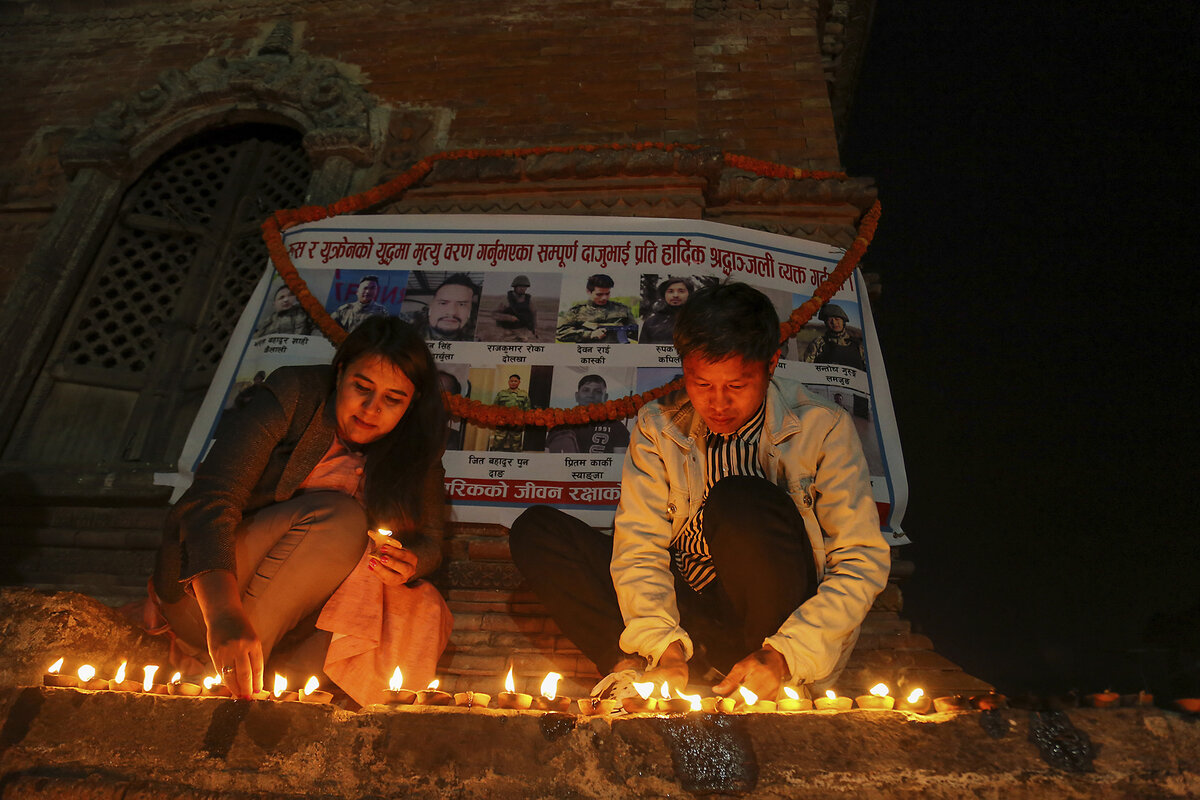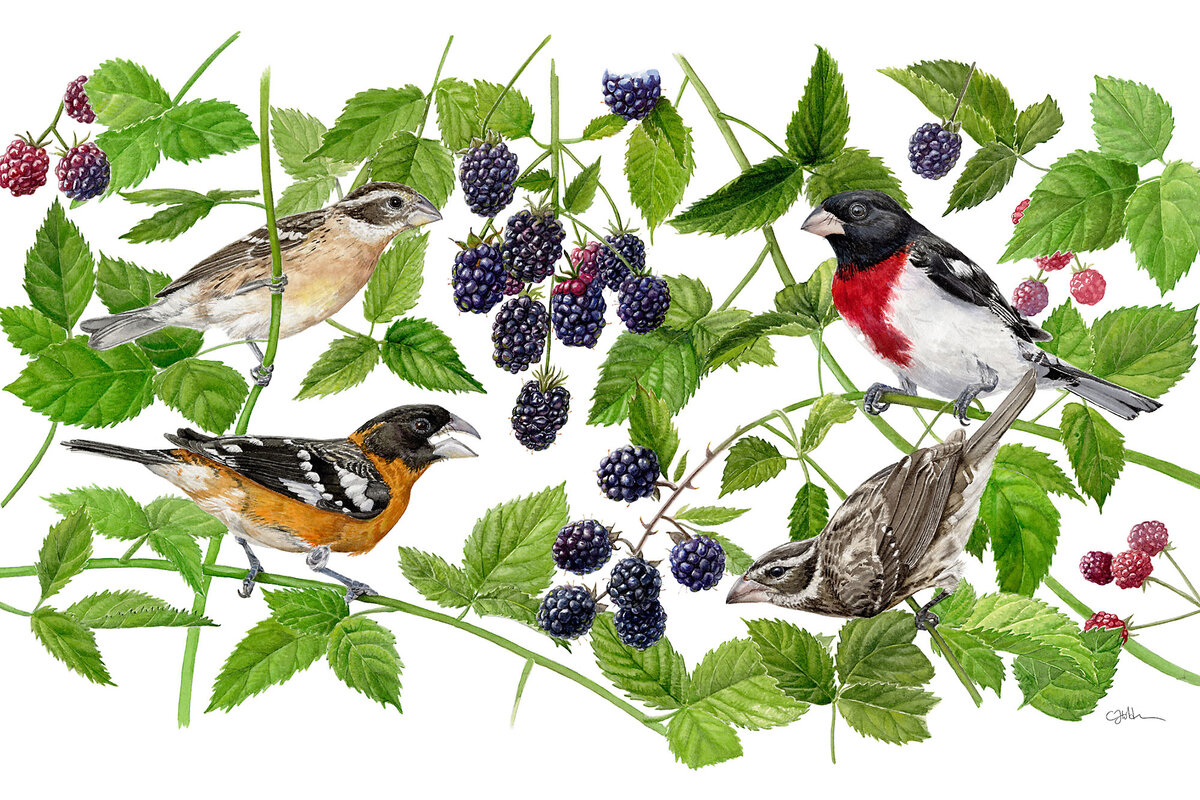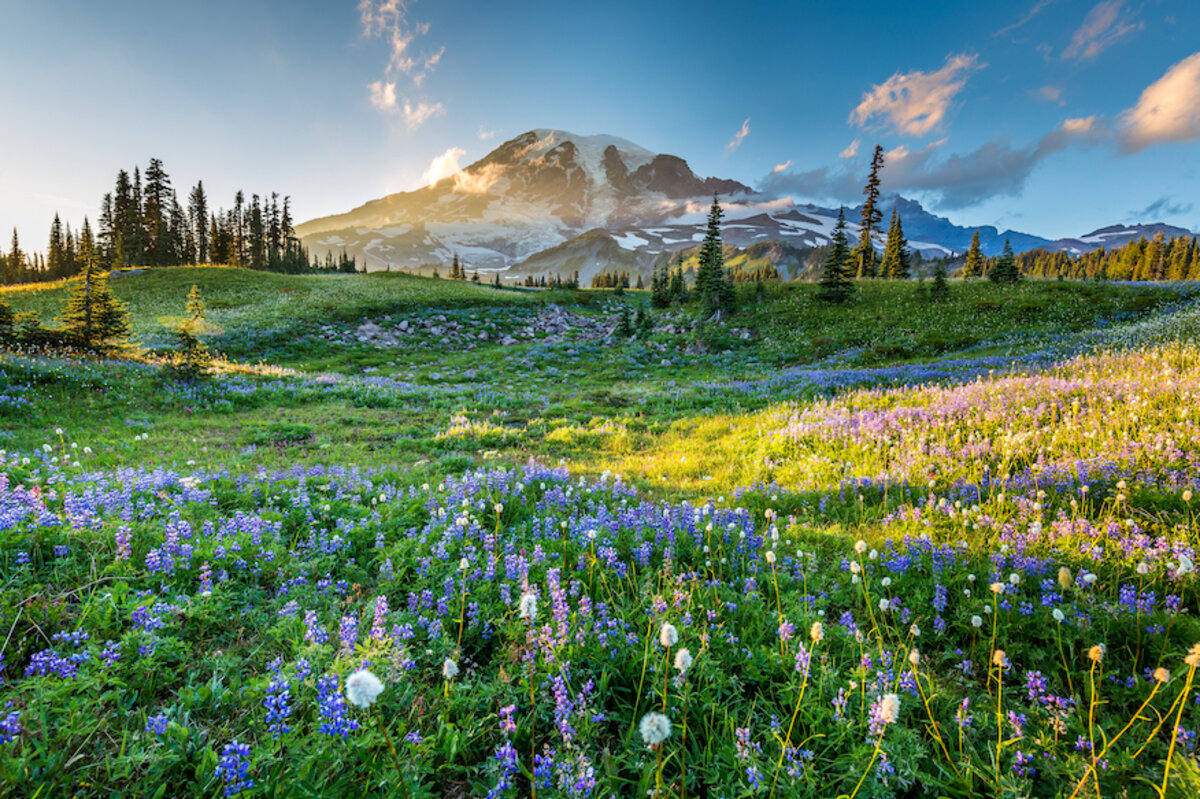Jobs in the U.S. economy keep expanding and the inflation rate has largely normalized. Yet economic worries and frustrations persist. Here’s what’s keeping the public from feeling more positive about the economy.

Why is Christian Science in our name?
Our name is about honesty. The Monitor is owned by The Christian Science Church, and we’ve always been transparent about that.
The Church publishes the Monitor because it sees good journalism as vital to progress in the world. Since 1908, we’ve aimed “to injure no man, but to bless all mankind,” as our founder, Mary Baker Eddy, put it.
Here, you’ll find award-winning journalism not driven by commercial influences – a news organization that takes seriously its mission to uplift the world by seeking solutions and finding reasons for credible hope.
Explore values journalism About usMonitor Daily Podcast
- Follow us:
- Apple Podcasts
- Spotify
- RSS Feed
- Download
Don’t skip past the news, but a feature story deep in today’s Daily might be just the balm you need. Bonus if you like birds. It’s about a program that advances the fine art of ornithological illustration.
For detailed depictions of our avian friends, you might look to John James Audubon or any number of specialist photographers. Generative artificial intelligence could render you a bird clutching sparklers and wearing a tiny Monitor hoodie.
Stephanie Hanes’ story, with photos by Melanie Stetson Freeman, is a celebration of creativity and craft, of new art in the service of science – of deep observation and hand-drawn beauty.
Already a subscriber? Log in
Help fund Monitor journalism for $11/ month
Monitor journalism changes lives because we open that too-small box that most people think they live in. We believe news can and should expand a sense of identity and possibility beyond narrow conventional expectations.
Our work isn't possible without your support.
Today’s stories
And why we wrote them
( 4 min. read )
Today’s news briefs
• New U.K. prime minister: Labour leader Keir Starmer receives the blessing of King Charles III to form a government. Rishi Sunak offers his resignation as Conservatives are dealt a major defeat after more than a decade in power.
• Abortion protections: The Kansas Supreme Court reaffirms that the state constitution protects abortion access, striking down a ban on a common second-trimester procedure as well as state laws regulating abortion providers more strictly than other health care providers.
• Orbán to Moscow: Hungarian Prime Minister Viktor Orbán travels for a rare meeting between a European leader and Russian President Vladimir Putin. The visit triggered condemnation from Kyiv and some European officials.
• Jair Bolsonaro indicted: Brazilian Federal Police formally accuse the former president of embezzlement for allegedly misappropriating jewelry he received while head of state, including items given by the Saudi government.
• Hurricane Beryl in Mexico: It weakens to a tropical storm as it moves across the Yucatán Peninsula, having made landfall near Tulum as a Category 2 storm. It left a trail of destruction across the eastern Caribbean.
( 7 min. read )
Whose responsibility is it to keep communities safe? After a record 2023 wildfire season, Canadian officials say they are better prepared to protect communities this year. Residents aren’t so sure.
Patterns
( 4 min. read )
Joe Biden’s poor debate performance has worried America’s allies overseas, who fear it might open the way to a second presidential term for the unpredictable Donald Trump.
( 6 min. read )
Russia has sent thousands of foreign “helpers” to the front lines of the Ukraine war – including many from Nepal, where families of missing recruits are searching for answers. Their struggle underscores the importance of closure and responsibility.
( 6 min. read )
A popular science illustration fellowship for bird artists aims to highlight the benefits of deep observation in a digital age.
The Monitor's View
( 2 min. read )
Last month, Detroit marked the reopening of a long-abandoned but iconic building, Michigan Central Station. It did so with a concert that featured famous artists of the Motor City: Diana Ross, Eminem, Big Sean, Jack White, and the Detroit Symphony Orchestra. The event served as a reminder that the city, once known for its creative contributions to American culture, is becoming set to do something great again.
For decades before it closed as a train depot in 1988, Michigan Central was the hub for nearly 4,000 passengers a day shuttling in and out of Detroit. Built in the beaux arts style of architecture, the 18-story structure was and still is visible for miles. After its closure, a cloud of decrepitness took over with broken windows, withered columns, and prominent graffiti. The site once hosted drug dens and other illicit activity. It was a symbol of the city’s decline and bankruptcy in 2013.
Ford Motor Co. bought the building in 2018 after the city considered demolishing it. Six years later, new limestone shines brightly out front. Inside, the Grand Hall is just that: grand. This is transformation on a level that matches the vibe and energy that Detroit is experiencing. The 30-acre site is being used to attract a mix of businesses focused on new technologies. Public parks and outdoor plazas now surround the building. The area’s revival is an opportunity for Detroit’s oldest existing neighborhood, Corktown, to thrive.
In 2023, Detroit saw its first population increase in 66 years. Big-money investments are luring companies and condo buyers into downtown. This isn’t to say the city is perfect. The poverty rate is still above 30%. Unemployment is over 7%. Yet with innovation and more job creation, those numbers can fall.
There is hope for a city that is creating the future by looking to the best of its past. That is why 20,000 people came out to hear their hometown heroes perform on June 6. The lesson: What is broken can be fixed, with abundant blessings.
A Christian Science Perspective
Each weekday, the Monitor includes one clearly labeled religious article offering spiritual insight on contemporary issues, including the news. The publication – in its various forms – is produced for anyone who cares about the progress of the human endeavor around the world and seeks news reported with compassion, intelligence, and an essentially constructive lens. For many, that caring has religious roots. For many, it does not. The Monitor has always embraced both audiences. The Monitor is owned by a church – The First Church of Christ, Scientist, in Boston – whose founder was concerned with both the state of the world and the quality of available news.
( 1 min. read )
With God at our side, we have the right and ability to assert independence from any trouble.
Viewfinder

A look ahead
Thanks for dropping in between a big U.S. holiday and the weekend. We’ll be back next week with a wrap-up of the Supreme Court’s consequential session and Round 2 of Iran’s presidential election.
Our “Why We Wrote This” podcast returns with a new episode next Friday. Meantime, here’s an encore presentation of a listener favorite: a conversation with veteran staff photographer Melanie Stetson Freeman.












